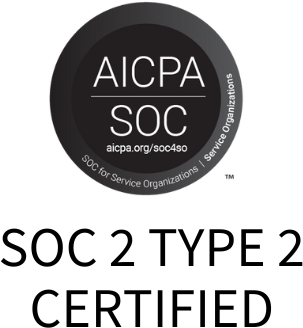
3 Ways To Improve No-Show Problems
Are You Struggling With “No-Show” Problems?
You are not alone.
It’s estimated that no-shows cost the U.S. healthcare system more than $150 billion a year. The problem with patients who miss their appointments is a long-standing one in healthcare, and one that experts don’t expect to ever totally eradicate.
Causes Of Patient No Show Problems
Why do patients fail to show up for their appointments? The answers are as varied as the people themselves, but studies have found a few common denominators:
- Too much time between when the appointment was scheduled and when it occurs; the longer the gap, the less likely it is that the patient will keep the appointment.
- Procedures that require special preparation, such as colonoscopies, endoscopies and pulmonary tests, have a significantly higher no-show rate; in fact, some specialty clinics may have a 50% no-show rate some weeks.
- Poor scheduling and lack of follow-ups can contribute to higher levels of no-shows.
No Show Rate By Specialty
Here are a handful of no-show rates by specialty according to several studies.
- Dentistry: 15%
- Optometry: 25%
- Primary Care: 19%
- OB/GYN: 18%
- Pediatrics: 30%
- Dermatology: 30%
- Ophthalmology: 22%
A missed medical appointment does more than inconvenience a practice and its staff. It
also places the patient at risk for more severe problems and blocks other patients from seeing a physician during that time slot. A study published in Health Management Technology calculates that each empty one-hour time slot costs providers $200. Even if you impose a penalty fee of $20-50 – and the patient pays it – you still only recover a fraction of that lost revenue.
Ironically, a patient may think that missing their appointment benefits the practice by giving the staff and physician time back in their day. They don’t realize that a late or lack of notification actually creates lost time and resources for the practice, which doesn’t have time to schedule another appointment.
How To Solve and Prevent No-Show Problems
All practices have no-shows, but what can you do about it?
Some practices have tried the penalty fee route with varying success. You’ll probably have to expend time sending a bill for the fee, which means administrative expense. And there’s a significant chance that the patient will refuse payment and react angrily with complaints and social media blasts.
Here are three proven strategies to lower the number of no-shows and improve office efficiency – and revenues.
#1. Listen To The Patient When Setting The Appointment
If you have a patient who you know has transportation problems, or who has been a no-show previously, work with them to schedule an appointment at a time they find convenient. If they have to drop off children at school in the morning, rely on friends and family for transportation or have difficulty getting time off from work, discuss options that fit the schedule for both your practice and your patient.
#2. Use Preferred Communications For Appointment Reminders
Patients have been conditioned to expect reminders for their medical appointments. Determining their preferred communication channel(s) will make your reminders more effective. Mailed reminders are still in use by some practices, but they require more time and cost (postage and materials). Communicating electronically – by text, email or phone – tends to be time efficient and effective. Automating this process, especially for text and email reminders, reduces the burden on staff.
#3. Be Aware Of Timing For Reminders
You may want to use a two-part strategy for your patient outreach, especially if a procedure is involved. Contact the patient one week prior to the appointment and then again immediately prior to when they will begin procedure prep. This is an optimum time to use a patient navigator who can explain the procedure and answer questions. For a standard office visit, reminders within a few days give the patient time to cancel or reschedule – and gives you time to fill the open slot.


